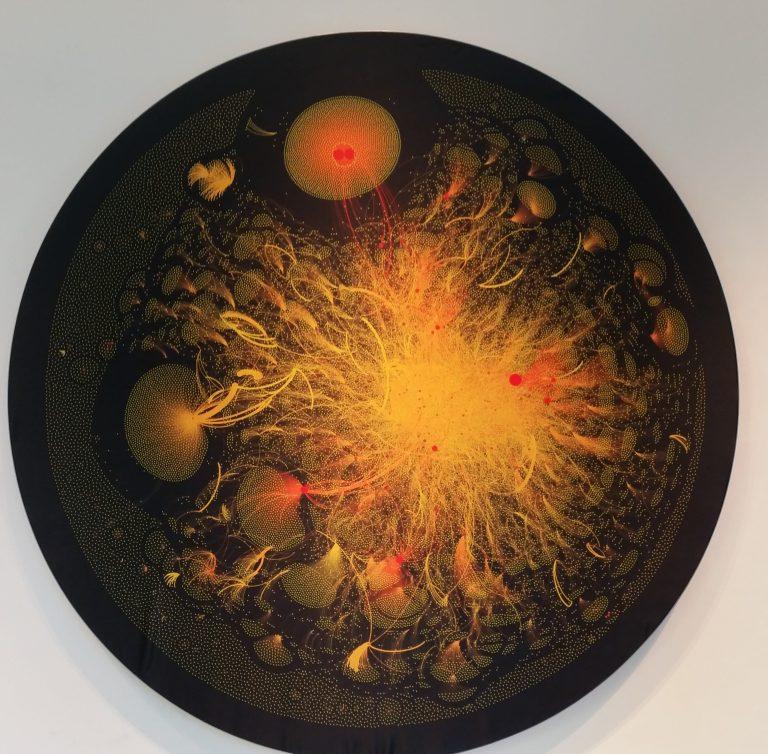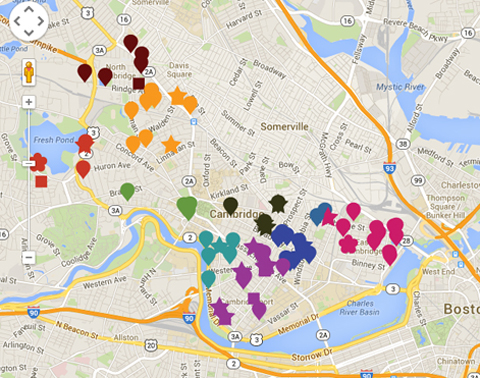Cambridge writer and photographer Anita Harris was wowed by the new exhibit of arty science images...
Cambridge PR
Yuvee, Inc. releases a "map of the Web" placing Boston visual arts venues in geographic relationship.
Breakthrough Greater Boston, the nonprofit organization dedicated to preparing under-resourced students to attend four-year colleges and to...
In the current Davis-Orton show in Hudson, New York, Four photorgraphers make powerful statements about the...


